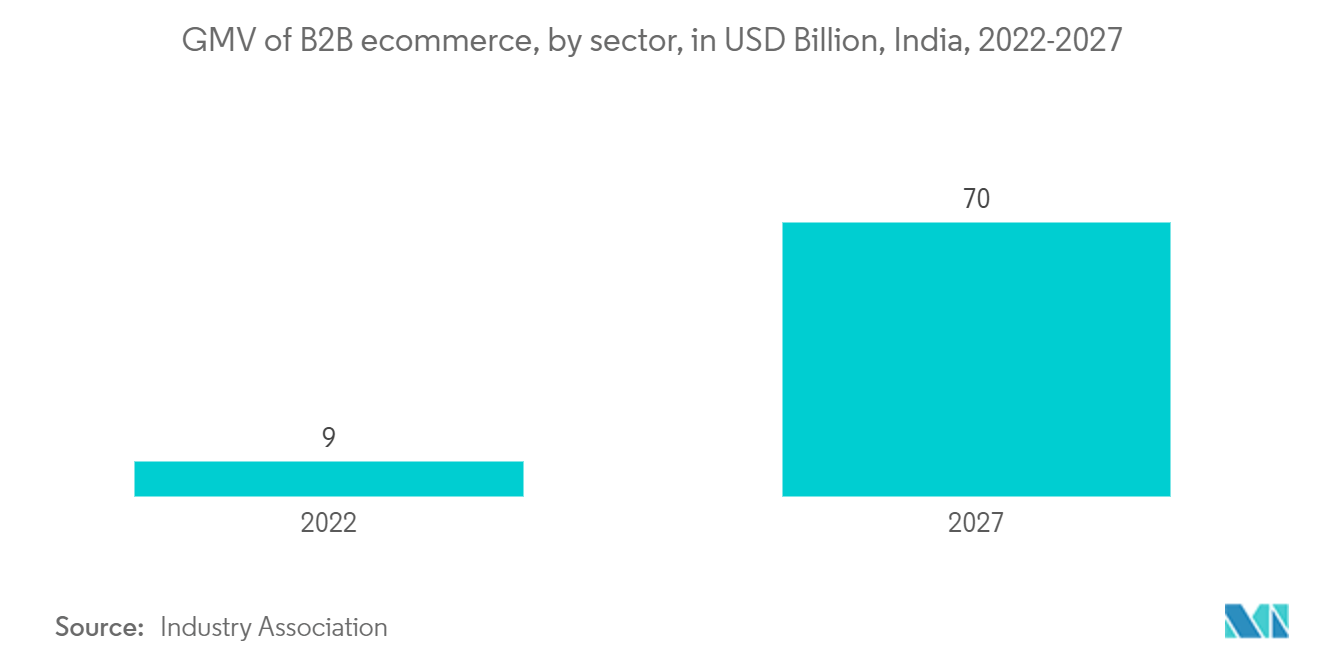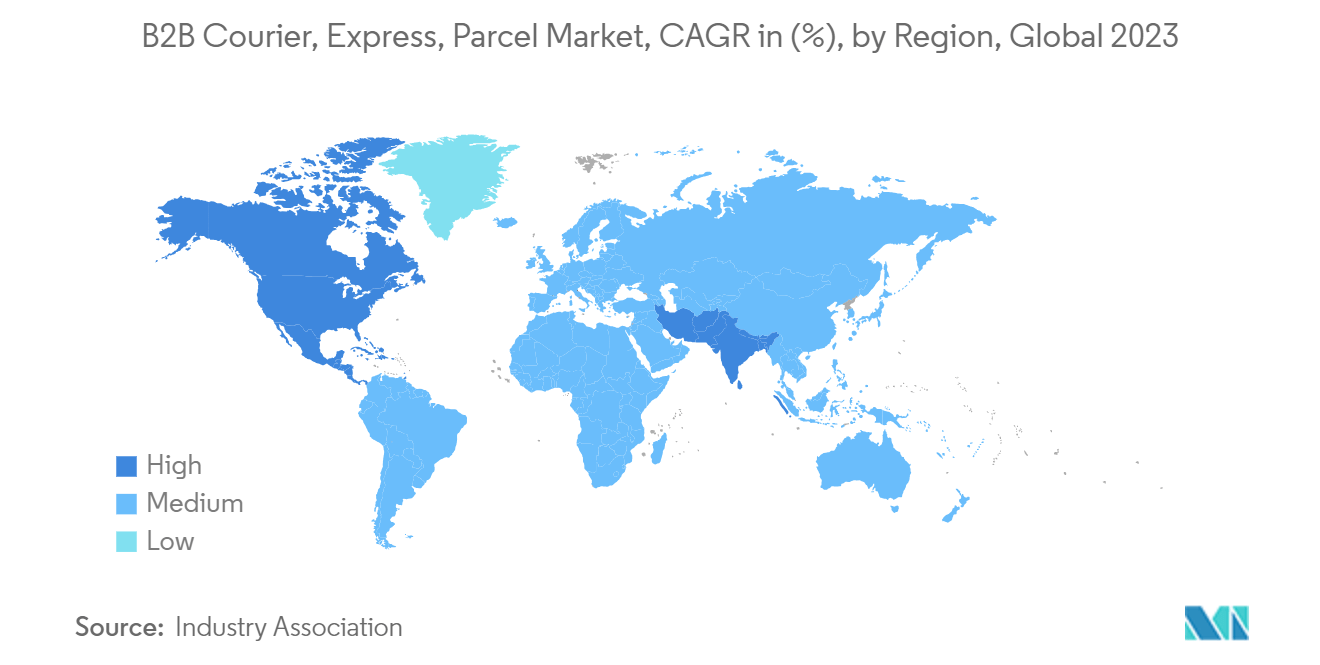Market Trends of B2B Courier Express Parcel Industry
Expanding Domestic B2B CEP Segment
Domestic markets have been growing more quickly than international markets in most regions, but the gap is narrowing significantly in some regions.
The gap between the domestic and international markets is smaller in North America and Europe. In Europe, this is primarily due to the interconnectedness of the market and the lower barriers to international trade. Domestic markets have proved capable of seizing on the opportunities that e-commerce brings.
Consumer preferences constantly change, so they demand a more personalized e-commerce and logistics experience that pampers them and provides the most excellent ease from beginning to end. To meet this increased demand, logistics platforms employ technologies like AI, IoT, and Big Data to gain insights into consumer preferences and adapt their experiences.
E-commerce companies are expanding their networks in Europe to provide better services to customers. For instance, the Spanish retailer DIA is expanding its delivery services to all towns along the Spanish coastline, from Girona to Huelva, reaching more than 5 million new customers.
Courier services for healthcare products are expected to grow in the coming years in the region due to several factors, such as the increasing demand for medical supplies, rising healthcare spending, and the need for faster and more efficient delivery services.
Also, from 2023, it was expected that the total retail sales globally would grow at pre-pandemic levels and drive the growth of the market. As a result, the domestic CEP segment was expected to expand.

North America is Dominating the Market
North America’s revenue is expected to be higher than other regions. The region’s strong economy means that there is ample investment in high-tech equipment. When it comes to B2B e-commerce, the United States leads the way. The growth of the B2B sector in North America is largely due to the use of advanced technologies such as cloud computing, AI, big data & analytics, mobility / social media, cybersecurity, and IoT.
Online B2B marketplaces came into being much later than retail B2C or C2C e-commerce options in North America. The ecosystem created by these early adopters of retail channels influenced the popularity of online operations and gave rise to promising prospects for B2B e-commerce platforms. The growth of retail e-commerce platforms continues to drive the evolution of B2B online marketspaces online.
New retail or wholesale channel partners are moving their operations online. The US Census Bureau reported that e-commerce sales made up 14.8% of total sales in Q1 2022, which was a 6.8 % increase from Q1 2021. The increasing popularity of retail e-commerce shows customer preference, which drives the evolution of the ecosystem and brings new e-commerce platforms and players into the market. It also creates a new market space for B2B and its users.


